Wood Logs
Wood logs are natural, solid pieces of wood that are typically cut from trees and used as a traditional fuel source for heating, cooking, and various industrial applications. They come in various sizes and types, depending on the tree species and the intended use. Wood logs are valued for their natural warmth, availability, and the unique characteristics they bring to different applications.
Characteristics
- Appearance: Wood logs are cylindrical or roughly cylindrical in shape, varying in length and diameter based on the tree species and how they are cut. The bark may or may not be removed, depending on the processing and intended use.
- Species Variability: Different tree species produce logs with varying characteristics. For example, hardwoods like oak, hickory, and maple offer high energy content and longer burn times, while softwoods like pine and fir burn faster and may produce more creosote.
- Moisture Content: Wood logs have varying moisture levels, which can affect their burning efficiency. Freshly cut logs, known as “green” wood, have high moisture content and require seasoning to reduce the moisture before burning. Properly seasoned logs have lower moisture content, typically around 15-20%, and burn more efficiently.
Burning Properties
- Heat Output: The heat output of wood logs depends on the type of wood and its moisture content. Hardwoods generally provide more heat per unit of volume compared to softwoods. Seasoned hardwood logs are particularly valued for their high calorific value and steady heat output.
- Burn Time: The burn time of wood logs varies based on the wood species and log size. Hardwoods tend to burn longer and more slowly, providing a sustained heat source, while softwoods burn more quickly and may require more frequent refueling.
- Smoke and Creosote: Different woods produce varying amounts of smoke and creosote. Hardwoods usually produce less smoke and creosote compared to softwoods, which can help reduce the buildup in chimneys and flues.
Environmental and Practical Considerations
- Sustainability: Wood logs are a renewable resource when sourced responsibly from managed forests. Using wood logs for fuel can be part of a sustainable energy strategy, provided that the wood is harvested in a manner that supports forest health and regeneration.
- Carbon Neutral: Burning wood logs is considered carbon neutral because the carbon dioxide released during combustion is offset by the carbon absorbed by the trees during their growth. However, the overall carbon footprint can be influenced by factors such as transportation and processing.
- Storage and Seasoning: Wood logs should be stored in a dry, well-ventilated area to prevent moisture absorption and promote proper seasoning. Seasoned wood logs have a lower moisture content and burn more efficiently, producing more heat and less smoke.
Uses and Applications
- Home Heating: Wood logs are commonly used in fireplaces, wood stoves, and outdoor fire pits for home heating. They provide a traditional and cozy source of warmth and can be a cost-effective heating option, especially in areas with abundant wood resources.
- Cooking: In outdoor settings, wood logs are used for grilling, barbecuing, and smoking foods. The natural wood flavor enhances the taste of the food, making wood logs a popular choice for outdoor cooking enthusiasts.
- Industrial Use: Wood logs are used in various industrial applications, including biomass power generation and paper production. In these contexts, wood logs are often processed into chips, pellets, or other forms for more efficient use.
- Craft and Construction: Beyond fuel, wood logs have applications in construction and crafting. They are used in log cabin construction, furniture making, and as decorative elements in landscaping.
Storage and Handling
- Storage: Wood logs should be stored off the ground, preferably on a raised platform, to keep them dry and prevent moisture absorption from the soil. Covering the logs with a tarp or shelter can protect them from rain and snow while allowing for adequate airflow.
- Handling: Handling wood logs requires proper equipment, such as log splitters or axes for cutting and splitting, and gloves for safety. Logs should be stacked neatly to facilitate drying and prevent pests.
| Product Name | Wood Logs |
|---|---|
| Quality | Top Quality |
| Place of origin | South Africa |
| Packaging | As per customer requirement |

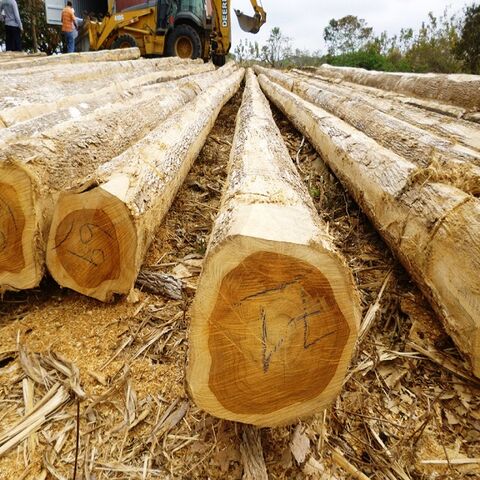
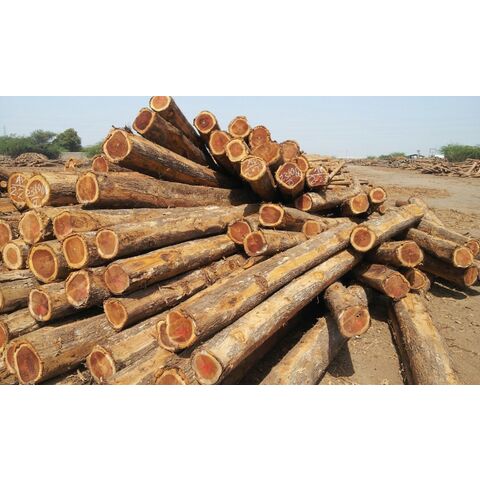


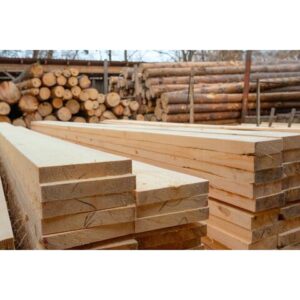
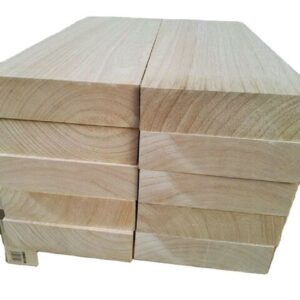
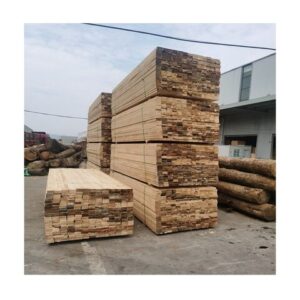

Dominic (verified owner) –
Excellent craftsmanship.
Caden (verified owner) –
Helpful assistance.
Bryan (verified owner) –
Speedy dispatch.